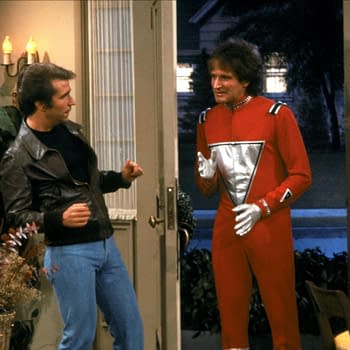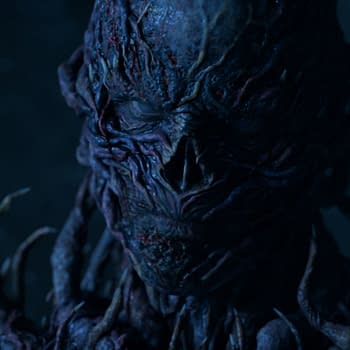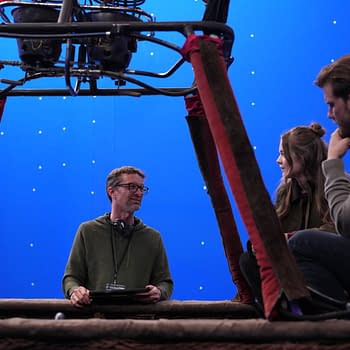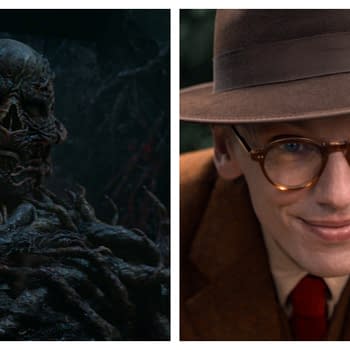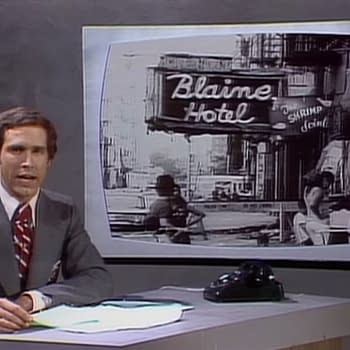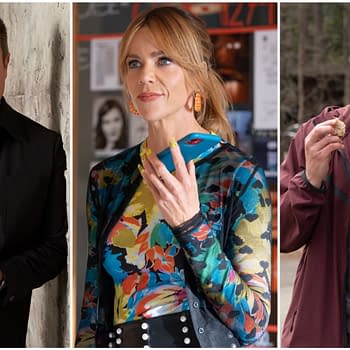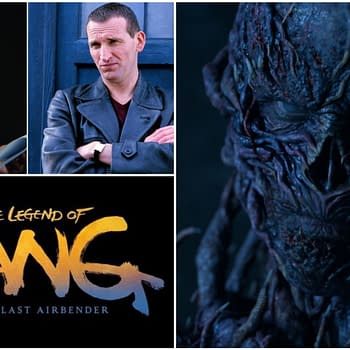Posted in: Paramount+, streaming, TV | Tagged: exclusive, interview, Kimberly Adams, Morgan Freeman, nicole kidman, paramount, Special Ops: Lioness, taylor sheridan, zoe saldana
Special Ops: Lioness Costume Designer on Bringing Show's Look to Life
Costume Designer Kimberly Adams (Stranger Things) spoke with Bleeding Cool about creating authenticity in Paramount+'s Special Ops: Lioness.
Costume Designer Kimberly Adams has seen it all with her wealth of experience with her over three decades of experience in Hollywood. She doesn't come from a traditional background but built invaluable relationships to provide that longevity in the industry. While she's largely worked in film, she's brought that same prestige and dedication to her TV work, which includes Lizzie McGuire, Halt and Catch Fire, Colony, and Stranger Things. Adams spoke to Bleeding Cool about her latest work in Paramount+ & Taylor Sheridan's action-thriller Special Ops: Lioness, as well as her career in the industry. The streaming series features an all-star cast with Zoe Saldana, Nicole Kidman, and Morgan Freeman. The series follows Force Recon Marine Cruz Manuelos (Laysla De Oliveira), who is tasked with befriending the daughter of a suspected terrorist who is being surveilled by the Central Intelligence Agency.
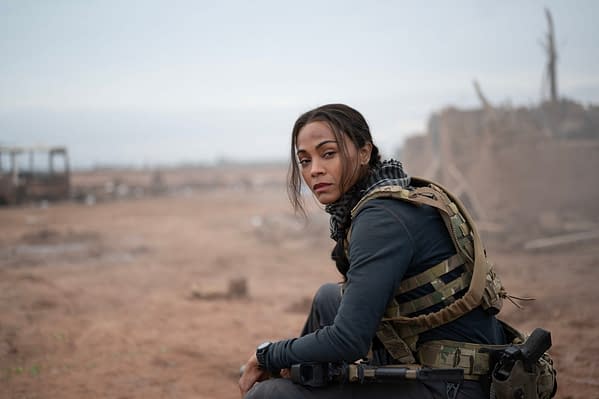
Special Ops: Lioness: Kimberly Adams on Creating Authentic Experience
Bleeding Cool: How did you get involved with 'Special Ops: Lioness?'
Adams: I had a great interview with a few of the producers, and I was excited about the project and had put together quite an extensive set of visuals, which got them excited, so I was lucky enough to get the job and come on board.
What went into planning for the series for the costuming? Was there a lot of research or did you already have a handle on what you wanted to do?
A little bit of both. I've done some undercover CIA-type stuff. I had come from a job that I did in Saudi Arabia that was Gerard Butler as a CIA operative [in 'Kandahar']. I got to be a nerd in that world. I was excited about these types of characters and wanted to make sure that they were grounded and realistic. I tried to stay away from making it look like a television show. We approached it with a feature approach.
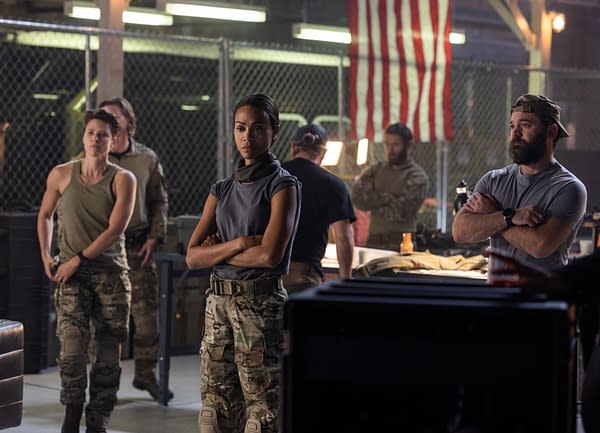
Was there any existing project or look you tried to emulate?
I went from the real people and the real world of people. I know a couple of guys who were CIA operatives that became tech advisors that I've worked with over the years that I've become friends with. I dove into that world and did my own research on who these real people are today, as opposed to trying to take any ideas from any other shows.
Was there any aspect of the costuming in 'Special Ops: Lioness' that was harder to work on than others?
That's a good question. There were all different types of challenges, but in terms of trying to get the team Joe's (Saldana) team to have an individual look amongst them without standing out because their job is to not be noticed. Doing that was quite challenging. I worked with a lot of companies that do covert types of conceal-to-carry clothing. I wanted to have people have things that enabled them to put things they needed – weaponry and all that stuff – in places that weren't obvious without it being like anybody wearing cargo pants. I tried to utilize a lot of clothing that was what these real people wear in their closets. It was also interesting seeing them jump out in the field and depending on where they were, like when they went to the Hamptons. They had to look like they fit in, so that was interesting to try to nail down who they were playing when they were out there. They looked like anybody no one would notice walking by.
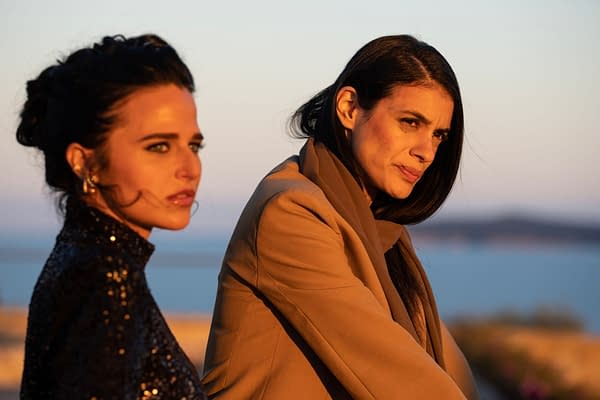
What went into recreating the realism behind the uniforms and fatigues?
The [uniforms] were the real stuff. That was important that we put them in real things. There's a difference in how things feel when you put them on. So that was important to make the actors feel the part.
Did the actors train themselves physically in the clothing to make sure they were comfortable?
Mm hmm. Even a few of them would like to take their shoes home, and all the stunt guys as well like to take their shoes or boots home. They wanted to do their own thing and walk around in them and get used to the shoes that they were going to be wearing. That's always an important piece of the equation for them.
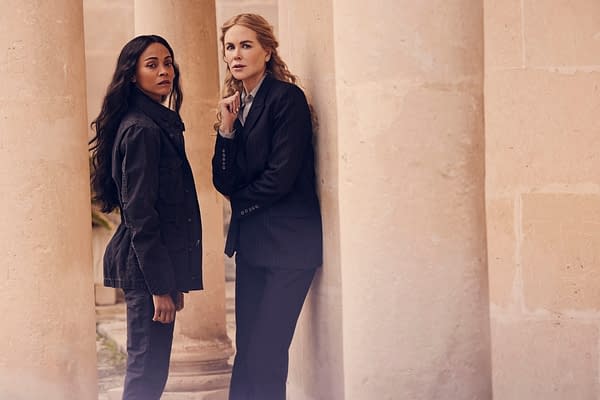
When you're working on a contemporary project like this, do you find it's a bigger challenge compared to a period piece like 'Stranger Things?'
Good question. It's a completely different world. I've done a lot of periods in my career. I love recreating a time period and getting it right. Doing contemporary can be a lot more challenging because there's so much more. Especially today, because in the time periods, if you go back before the eighties, there are specific things that happened from decade to decade in terms of styles, fashion, shapes, colors, and patterns. Since the advent of the Internet. After 2000, it's challenging to do modern. If I had to go back and do modern now later as it being a period, it's challenging because there are so many different influences that have happened globally that make getting an interesting look a lot more challenging than recreating a time period in say, 1930.
There are not all different kinds of looks. There were limited things in earlier periods. Today, there is so much influence globally on all the different periods being blended into stuff. It's interesting to try to get something that looks timeless enough so that you're not looking dated when you are doing contemporary. Let's say five years down the road, you're looking at and going, "That looks so 2023 or something like that."
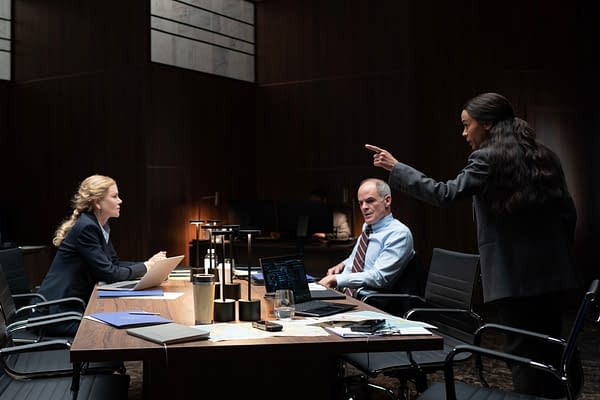
You've been in the industry for well over three decades now; what have you noticed most about the dramatic changes in the way the industry operates from the time you started and how it is now? Has it simplified to become more complicated?
It's gotten more complicated. It really has. When I started out, we used to do budgets on graph paper and line by line, writing it all down. We always had quite a decent amount of prep to do the work. When I started, the average prep was usually on a feature that was 12 weeks minimum unless it's a massive budget film that doesn't exist anymore. There's less prep time allowed on so many projects, which is unfortunate because that's really where the magic can happen and where you can take things a little more interesting way. The more you evolve from first getting a script, breaking it down, figuring out that breakdown, discussing it with the heads, whether it's a director or showrunner, and trying to figure out how to make the characters come to life in the right way emotionally for the storyline. I find having less time to work with the various departments is unfortunate. I wish we could go back to getting a little more prep time, and they would realize you can save money in the long run by having a little bit more prep because you work out a lot of the problems before you start shooting for all the departments.
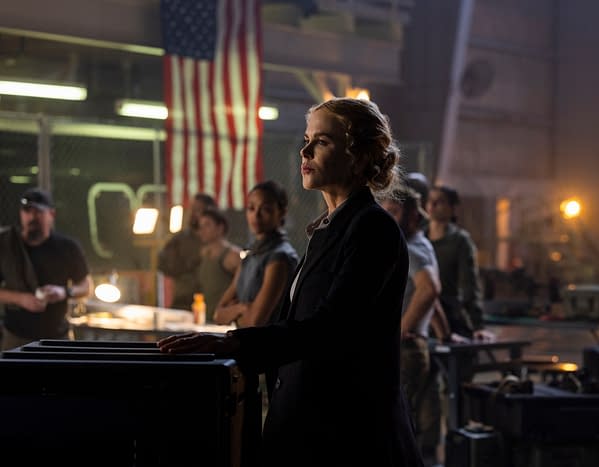
One of the most significant changes today is we get so much influx of content with streaming. Does that become much more pressure to check things and cut corners? Does the quality is kind of diminished or is it something that's adjusted?
You must adjust. You must work within as budgets have gotten tighter. You must be honest, and I've been doing it for so long. I'm good at budgeting, understanding how to be realistic about that in the beginning, and trying to fight for what I think is needed and necessary without causing crazy overages. Things do come out of the blue that you have to prepare yourself for financially. Minds get changed. You might have one idea, and it can get thrown out the window, and the next idea must come in. That can eat into your money, so you must know how to balance all that stuff. Since I came up in film, I have approached every project and every television show similarly. It's so important to me as a creative that I approach it like it's a feature. I always do that I don't I don't assume that you're not going to see their feet because I've had producers over the years tell me, "You're not going to see their feet. You don't spend money on the shoes." They don't quite understand. An actor feels different when he puts on one pair of shoes as opposed to a different pair. It changes everything about how they feel about their character. I've had shoes on a desk right in front of the screen on a television show to prove that you do see their shoes. I try to fight for things like that because it's important to prepare the entire outfit that's going to be seen on screen, whether you ever get to see all of that or not.

What were your influences throughout your career?
I was fortunate to work with some amazing costume designers who taught me the ropes. I didn't get to come up in theater in New York, and the designers that I worked with did and were active in the theater scene. If I could go back, I wish I would have started there. I got a little piece of that with Isis Missenden, who was the first person who hired me on a job [for 'Shocker' (1989)]. She's my mentor and dear friend to this day. Richard Hornung, who passed away, did 'Barton Fink' (1991), 'The Grifters' (1990), 'Sleeping with the Enemy' (1991), and so on. I did a lot of great features of the nineties, and I got to see that creative process and be in the fitting room with them as their right hand and learning the ropes. In those days, we did our own aging, dying, and stuff that wasn't having these big departments with having someone else doing your aging and dying for you. We did it all ourselves, and I'm fortunate that I got to get that training because it prepared me to be able to handle a lot of things that some younger designers haven't and might not been exposed to.
Special Ops: Lioness streams on Sundays on Paramount+.







